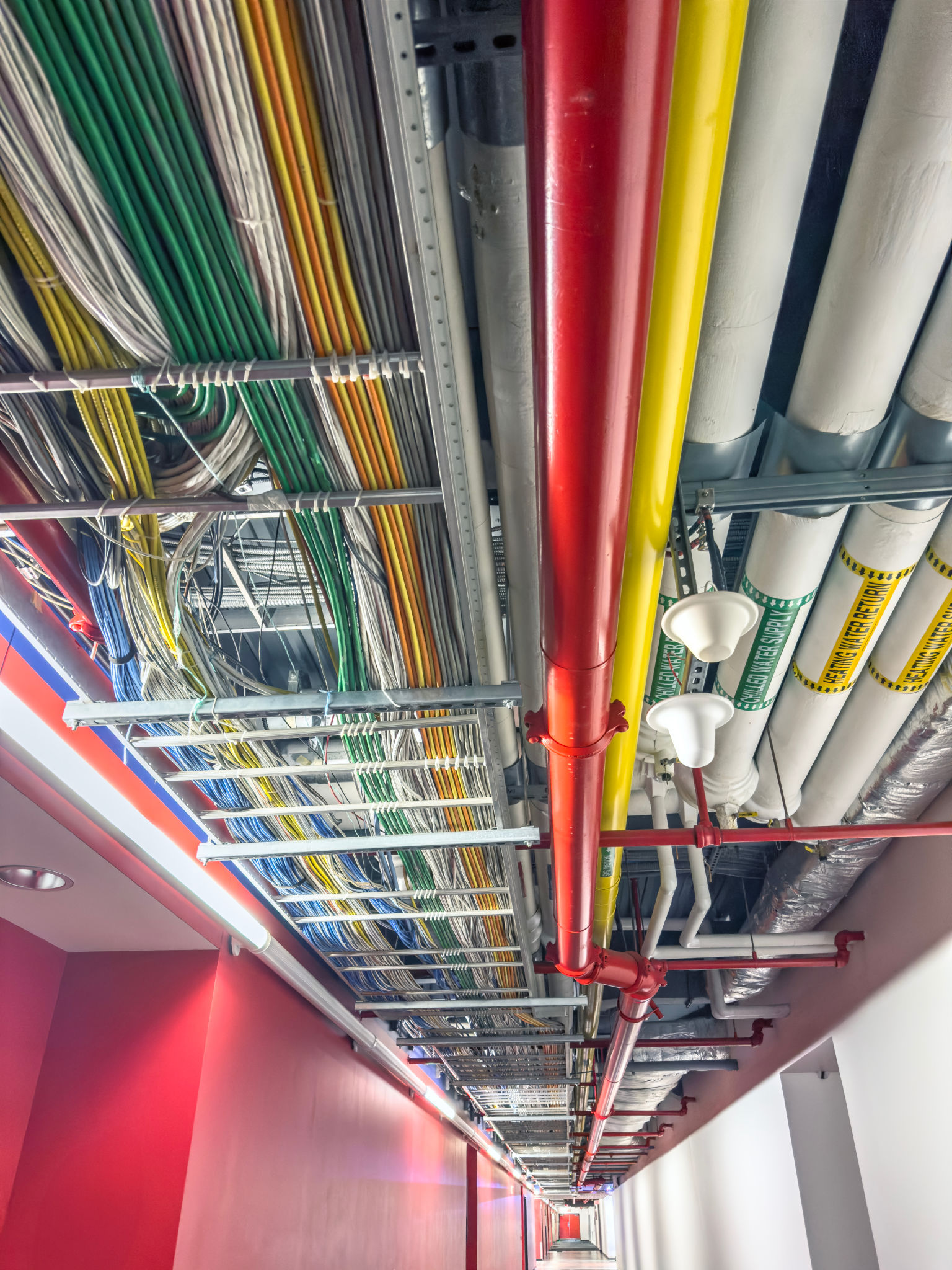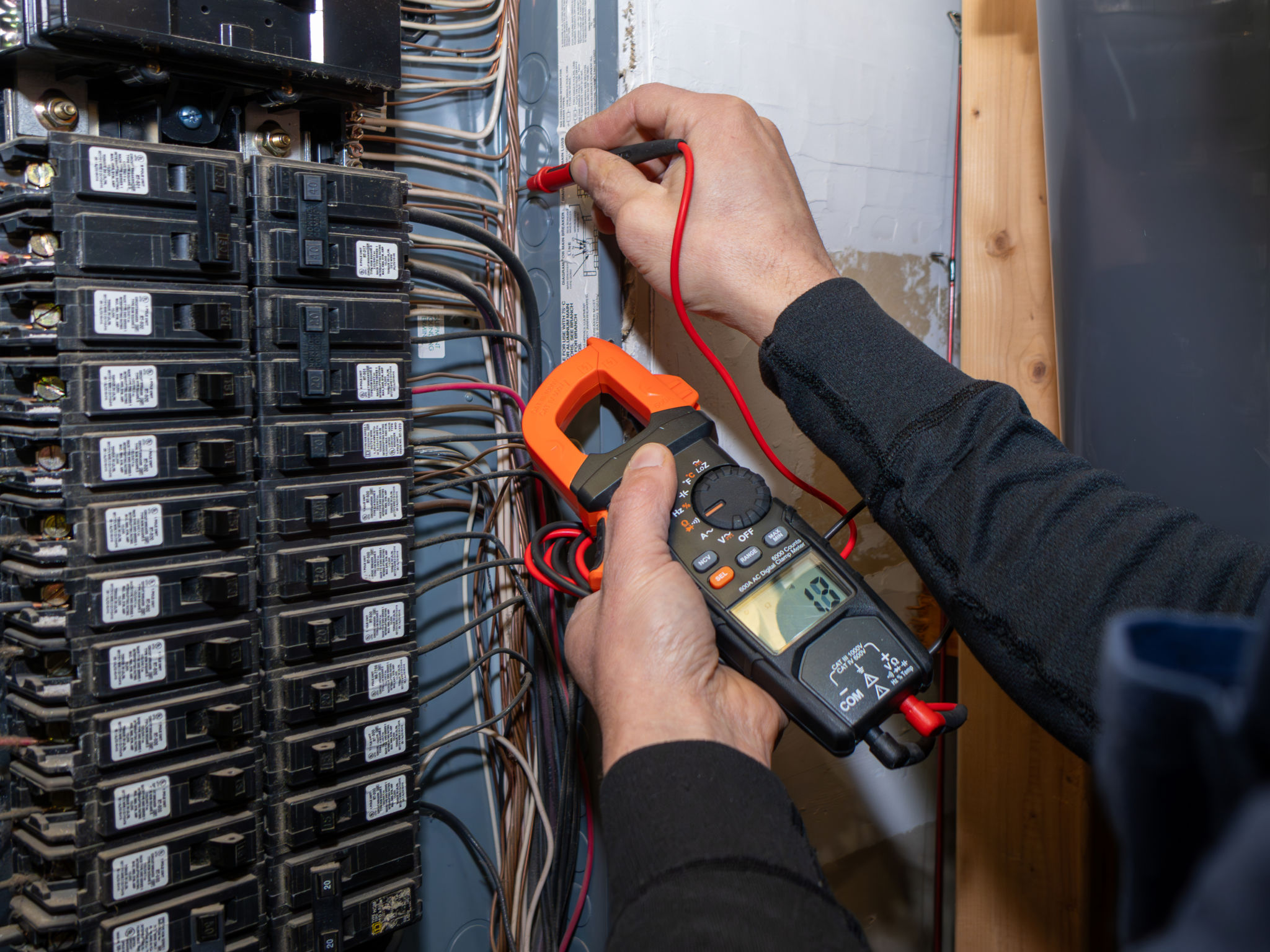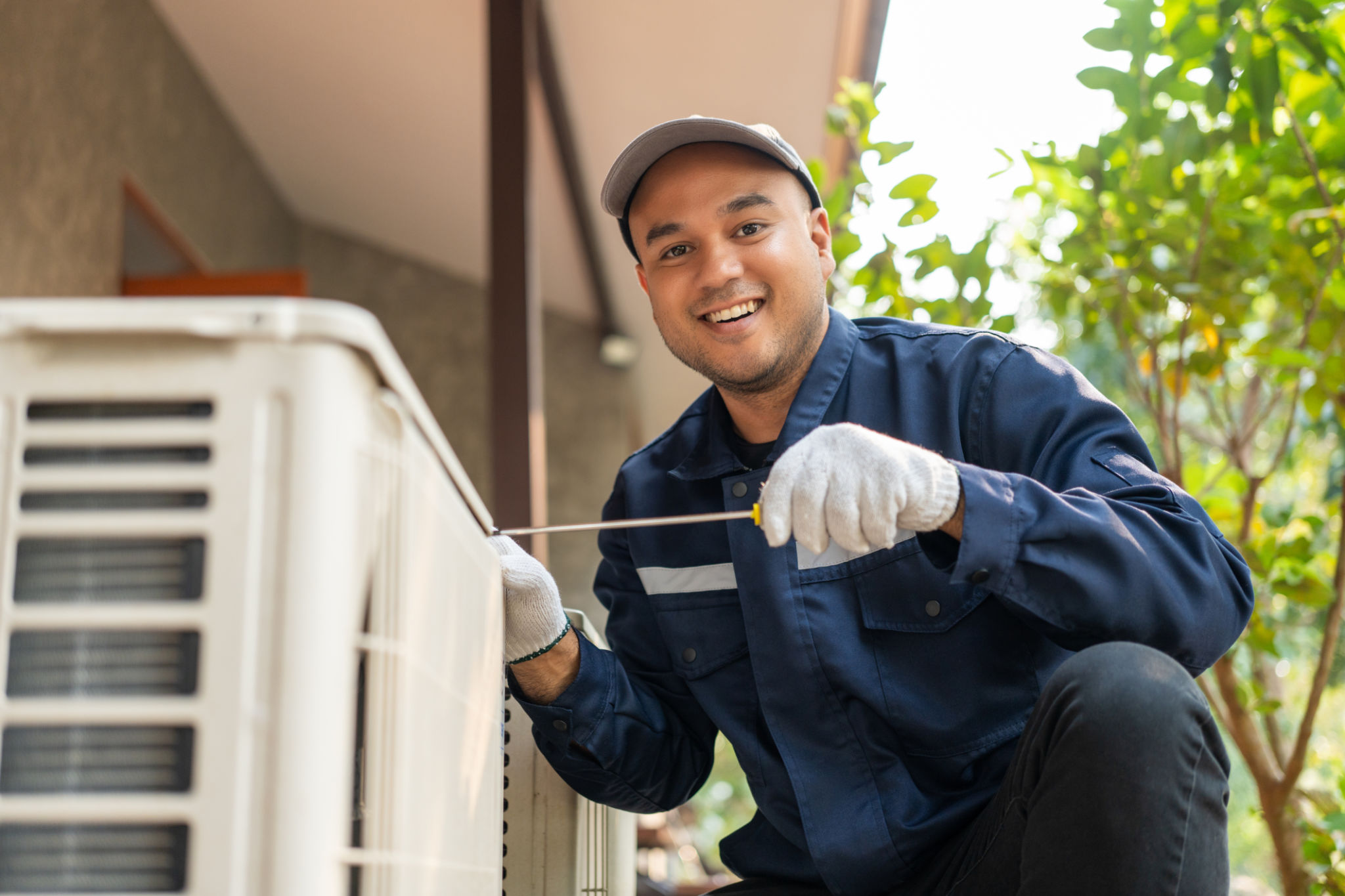How to Troubleshoot Common HVAC Electrical Connection Issues
Understanding the Basics of HVAC Electrical Connections
HVAC systems are intricate mechanisms that rely heavily on electrical connections to function smoothly. Understanding the basics of these electrical connections can help you identify and troubleshoot issues more effectively. At the core, these systems use wiring to connect various components such as thermostats, compressors, and fans.
Knowing the layout and purpose of each wire can simplify the troubleshooting process. If a problem arises, it's often due to a faulty connection or a disruption in the power supply. Being familiar with these components is the first step in resolving any electrical issues.

Identifying Common Electrical Issues
Before diving into complex solutions, identify the common problems that might occur within your HVAC system's electrical connections. Some prevalent issues include tripped circuit breakers, blown fuses, and faulty thermostats. These problems can often be diagnosed through a simple visual inspection or by using a multimeter to check for continuity and voltage levels.
Another frequent issue is loose or corroded wires, which can cause intermittent power loss or equipment malfunction. Regularly inspecting and tightening connections can prevent these issues before they escalate into more significant problems.
Steps to Troubleshoot Electrical Connection Issues
When troubleshooting HVAC electrical issues, it's crucial to follow a systematic approach:
- Turn Off Power: Always begin by turning off the power supply to ensure safety.
- Inspect Wiring: Check all wires for signs of damage or corrosion.
- Test Continuity: Use a multimeter to test the continuity of wires and connections.
- Replace Faulty Components: If any component is found defective, replace it promptly.

Preventative Measures
Preventing electrical issues in your HVAC system is just as important as troubleshooting them. Regular maintenance is key to ensuring that your system remains operational and efficient. This includes scheduling annual inspections and keeping all connections clean and secure.
Additionally, consider installing surge protectors to safeguard your system against power surges that could damage electrical components. Keeping your system free of dust and debris will also aid in maintaining good electrical connections.
When to Call a Professional
While many minor electrical issues can be resolved with some DIY skills, there are situations where professional help is necessary. If you encounter persistent problems or if you're unsure about handling electrical components safely, it's best to consult with a licensed HVAC technician.
Professionals have the expertise and tools required to diagnose and fix complex issues, ensuring that your system runs smoothly without causing further damage or voiding warranties. Don’t hesitate to seek help when needed, as neglecting electrical issues can lead to more significant problems down the line.

Conclusion
Troubleshooting common HVAC electrical connection issues requires patience, attention to detail, and a basic understanding of your system’s wiring. By following the steps outlined above and implementing preventative measures, you can keep your HVAC system running efficiently and avoid costly repairs.
Remember that safety should always be your top priority. Always work with power turned off and consult a professional if you're ever in doubt about handling electrical components. With proper care and maintenance, your HVAC system can provide reliable comfort for years to come.
